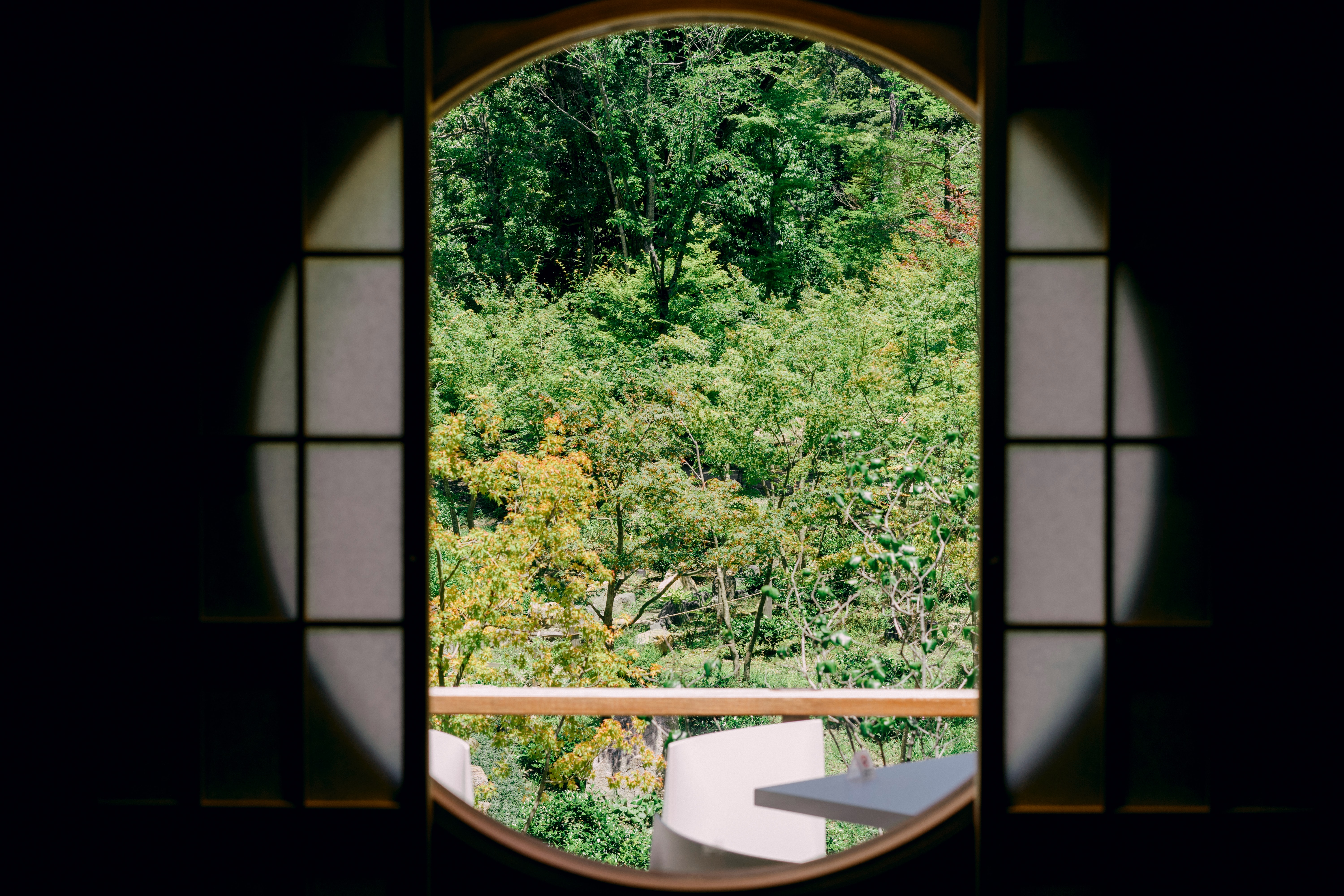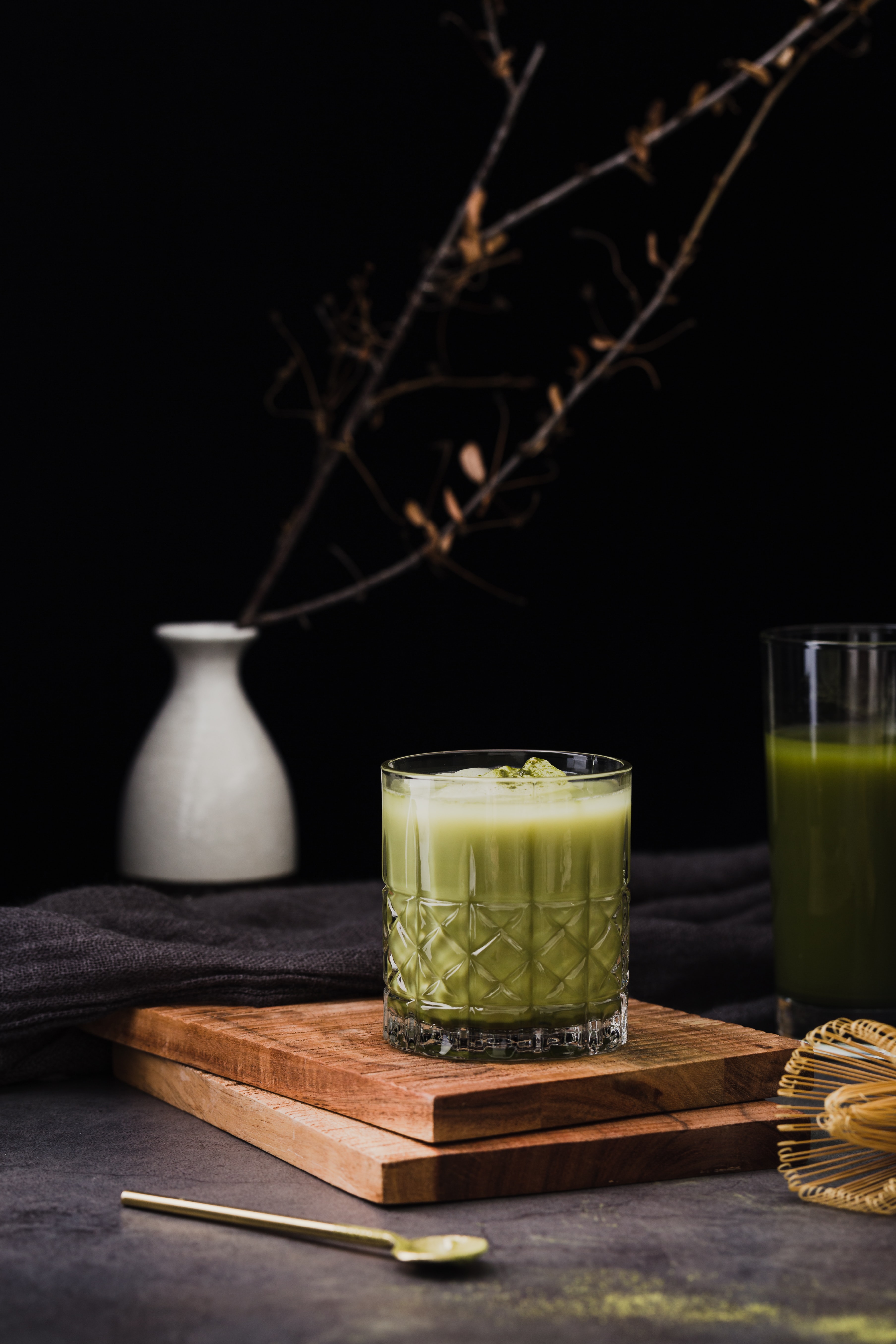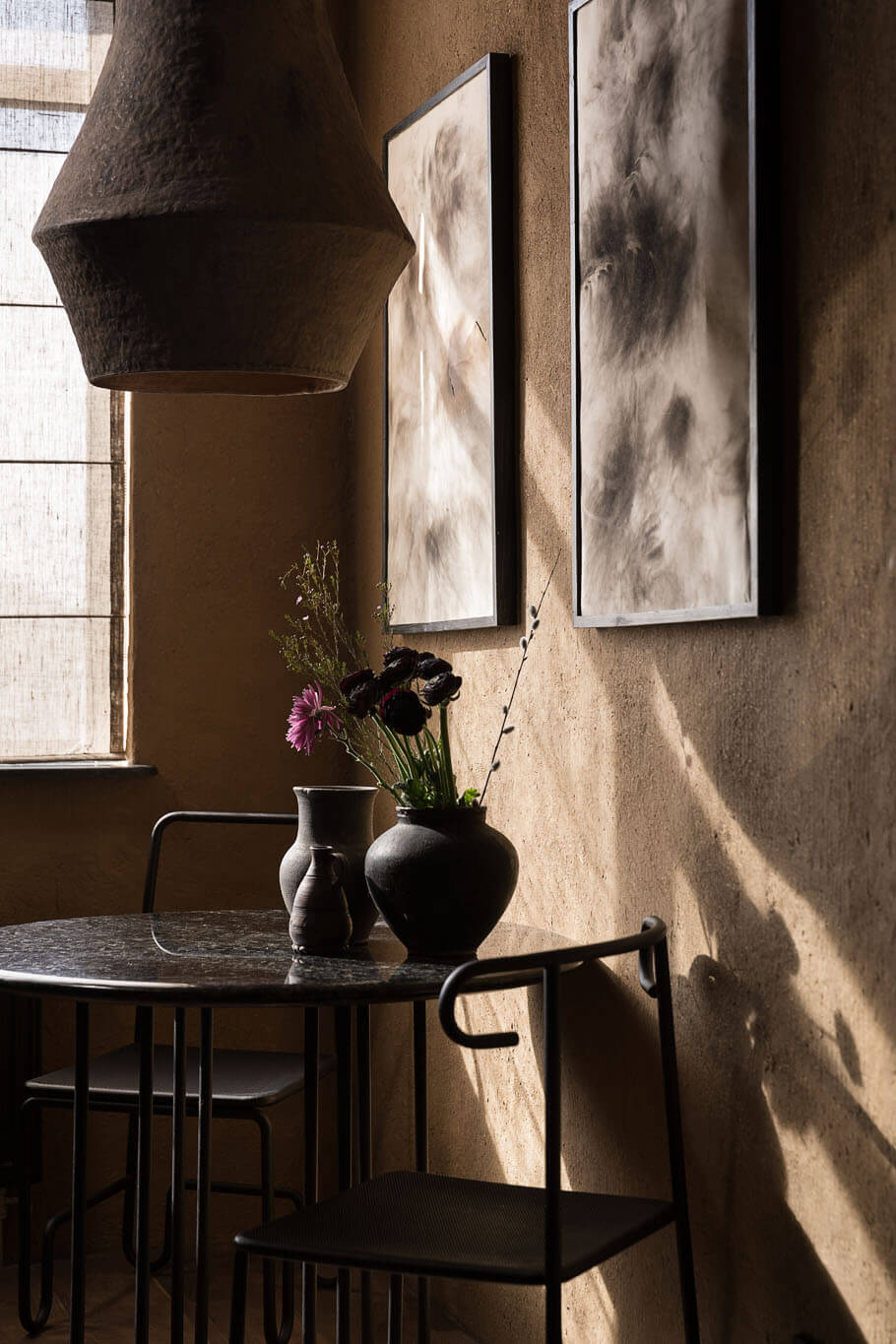‘Shibui’, Elegant Simplicity
The complexity of this Japanese concept lies in its ambivalence: it oscillates between astringence and refined beauty.

© Jie
Shibui is a Japanese evolutionary concept that has taken on several meanings over time. It can be used to describe a person, and also an artistic performance or an object. Most of the time it has a positive slant, evoking unadorned, discreet beauty marked with a sense of moderation.
An object or person described as shibui is elegant and seemingly simple, but reveals new facets as time passes. Initially, however, the term shibui did not have positive connotations. It would instead denote an astringent taste, like that of persimmon; a flavour that leaves a somewhat unpleasant impression on the palate, one that makes the lips pucker and the eyes wrinkle.
Ultimate beauty
In her book L’Astringent, author Ryoko Sekiguchi seeks to identify the tipping point that pushed shibui into the positive domain. She believes that it dates back to the end of the Edo period, when the Tokugawa shogunate undertook economic reforms that were accompanied by restrictions relating to clothing, banning overly varied patterns and colours like red and purple. The Japanese circumvented these restrictions by turning to more understated garments, with emphasis placed on the sophistication of the weave and the quality of the lining.
Soetsu Yanagi, founder of the mingei movement, used the term shibui to describe a refined taste, the ultimate level of beauty, the purest form that exists. In his book The Unknown Craftsman: A Japanese Insight into Beauty, he declares: ‘The world is overflowing with different aspects of beauty. The beautiful, the powerful, the joyful, the intelligent, all are part of beauty. Every person, according to their disposition and environment, will feel a particular affinity to one aspect or another. But when their taste becomes more refined, it inevitably arrives at a form of beauty that is shibui. Many terms serve to describe the secret of beauty, but this one is the final word.’
L’astringent (2012), a book by Ryoko Sekiguchi, is published by Argol.
The Unknown Craftsman — A Japanese Insight into Beauty (1992), a book by Soetsu Yanagi, is published by Kodansha.

© mae mu

TRENDING
-
The Tattoos that Marked the Criminals of the Edo Period
Traditional tattoos were strong signifiers; murderers had head tattoos, while theft might result in an arm tattoo.

-
Paris, Tokyo: Robert Compagnon
With his co-chef and talented wife, Jessica Yang, Robert Compagnon opened one of the top new restaurants in Paris: Le Rigmarole.
 3:31
3:31 -
Chiharu Shiota, Red Threads of the Soul
Last year, more than 660,000 people visited the retrospective 'Chiharu Shiota: The Soul Trembles' exhibit at the Mori Art Museum.

-
‘Before Doubting Others, Doubt Yourself. Who Can Truly Say a Dish Isn’t What It Used to Be?’
In ‘A Non-Conformist’s Guide to Surviving Society’, author Satoshi Ogawa shares his strategies for navigating everyday life.

-
The Story of Sada Yacco, the Geisha who Bewitched Europe
Described by Dazed magazine as the first beauty influencer, she has been restored to her former glory since 2019.





